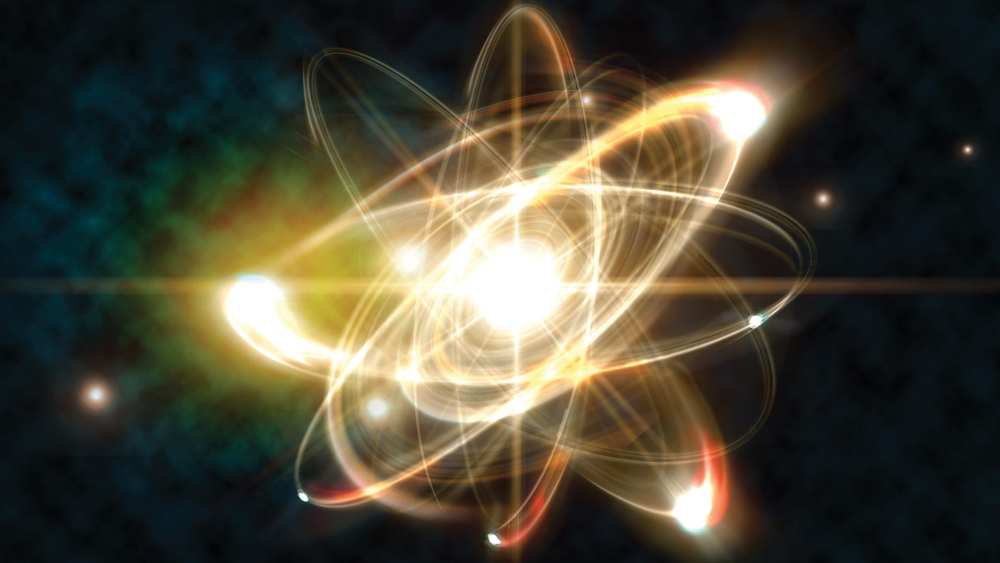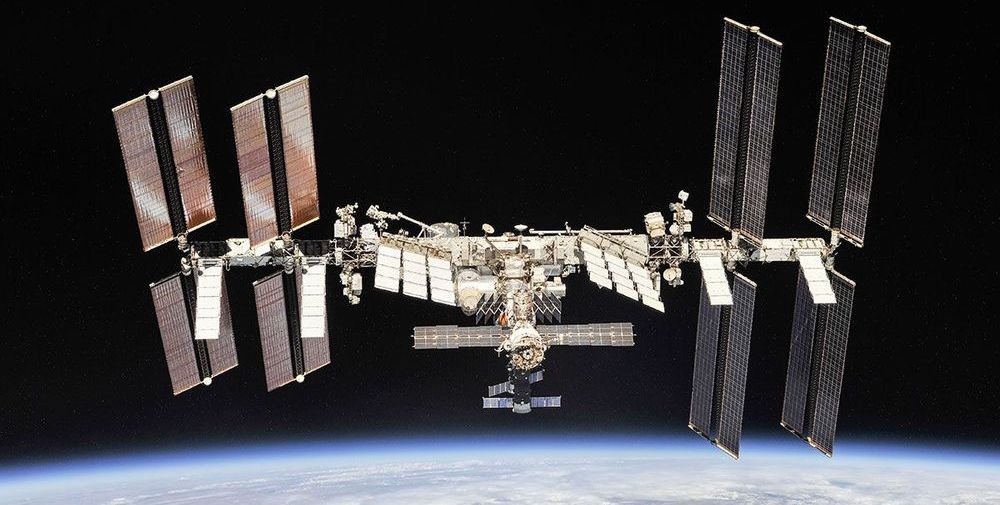Hhhmm… the “science” behind this is still suspicious…
It reportedly won’t cause hangovers or long-term health issues, either.

So this was a fun project to try, fusion is the gold standard of energy and I wanted to try making a reactor of my very own.
The design is loosely based on a Farnsworth Fusor — powered off a 10KV transformer, stepped up to 70KV with a voltage multiplier.
Let me know what you think, and if you have any suggestions for other projects I should try!
Many thanks to Barney and Bart for helping out with making and testing this project!
Fluids with zero viscosity seemingly defy the laws of physics and they have endless applications. But they’ve been hard to make, until now. The secret? Bacteria!
Scientists’ Crazy Plan to Power Solar Panels With E. Coli — https://youtu.be/_XZGrZ3DeLg
Get 20% off http://www.domain.com domain names and web hosting when you use coupon code SEEKER at checkout!
Swarming Bacteria Create an ‘Impossible’ Superfluid.
“Researchers explore a loophole that extracts useful energy from a fluid’s seemingly random motion. The secret? Sugar and asymmetry.”
More info about E. Coli
https://www.foodsafety.gov/poisoning/causes/bacteriaviruses/ecoli/index.html
“E. coli is the name of a type of bacteria that lives in your intestines and in the intestines of animals. Although most types of E. coli are harmless, some types can make you sick.”
Swimming bacteria work together to go with the flow


If you throw a ball at a wall, it’s going to bounce back at you – that’s classical physics at work. But of course, the world of quantum physics is much spookier, so if you did the same with a particle, there’s a chance that it will suddenly appear on the other side. This is thanks to a phenomenon known as quantum tunneling, and now a team of physicists has measured just how long that process takes.

In what may be the most exciting news of the week, University of Texas at Austin researchers have engineered a solar-powered device that absorbs moisture from the air and turns it into clean water.
SEE ALSO: 5 WELL ENGINEERED WATER PURIFICATION SYSTEMS COMBATING THE GLOBAL WATER CRISIS


Outer space is a tough environment for living organisms: no atmosphere, no oxygen, no gravity, a ton of radiation, and extreme temperatures.
But the German Aerospace Center just made a bombshell discovery: as part of a project called the Biology and Mars Experiment, they found that samples of organisms including bacteria, algae, lichens and fungi survived on the exterior of the International Space Station for 533 days.